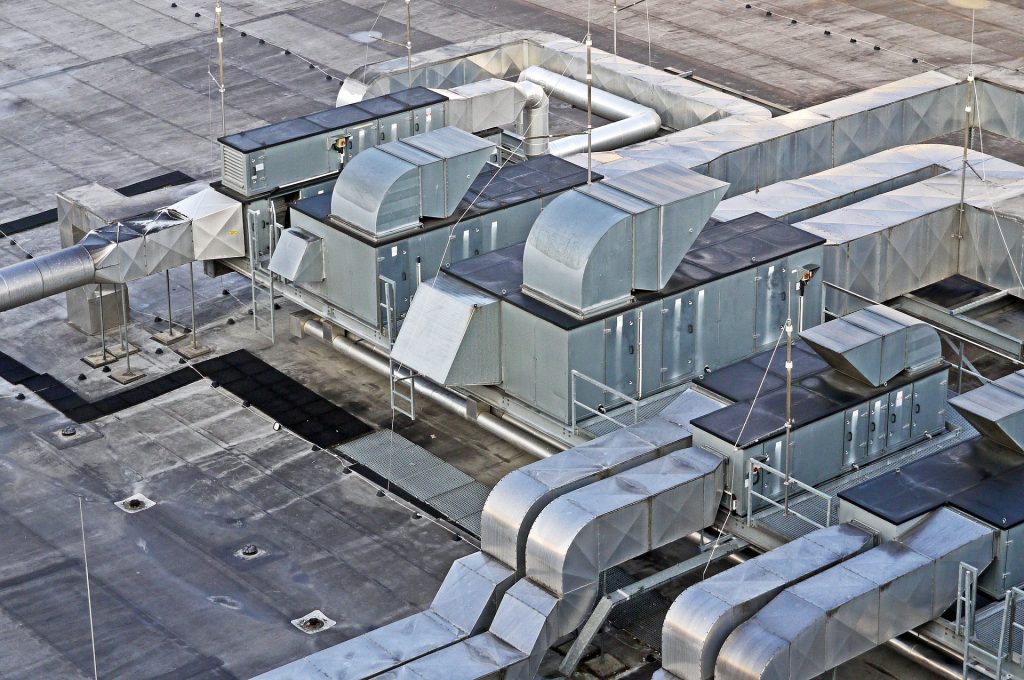When the time comes for choosing a heating, ventilation, and air conditioning (HVAC) system, you might have no idea where to start – but you’re not alone. Unless you’re an expert in the industry, the terms and measurements used can be confusing.
You’ve heard the terms, but what is a “ton?” What is a SEER rating? What size system does your home really need?
Ultimately, determining which HVAC system is right for you will depend on several factors. Let’s start with the basics and, hopefully, solve some of these mysteries for you.
What Size AC System Is Right for Me?
When we talk about having the right size air conditioner, we don’t mean the dimensions of the unit or even the square footage of your home. Sizing your AC does involve the size of your home (square footage), the number of windows you have and their directional exposure (east- or west-facing, for example), the amount of insulation you have in walls and attic, air seepage, how much heat you generate inside the home, and even the climate in your area.
This is a complex calculation that, if done incorrectly, could leave you with an undersized or oversized AC system – and that will cost you money in the longer term. Getting the right AC system will ensure optimal comfort, minimal energy usage, and the longest possible system life.
What Is an HVAC “Ton?”

Tonnage in AC is a measurement that communicates a unit’s capacity, or how much heat per hour the unit can remove from your home.
Each ton removes approximately 12,000 BTUs of heat per hour. A BTU is a British Thermal Unit, and equates to (more or less) the amount of heat generated by burning one kitchen match. We get the reference to “ton” because it takes approximately 12,000 BTUs of heat to melt one ton of ice in one hour.
Yes, it’s obscure, but that’s how they measure it.
You might have seen similar types of terms in other construction and finish materials. One good example is the R-rating for insulation, the low-E scale for measuring window efficiency, and the weight rating that’s used for interior flooring materials. Although these terms might sound obscure, they start to make sense once you understand the references.
What Does the SEER Rating Mean in HVAC Equipment?
SEER rating, another common term used in the sizing of heating and AC systems, is an acronym for Seasonal Energy Efficiency Ratio.
Ranging between 10 and 23, this number specifically indicates the number of BTUs produced for every watt-hour of electricity the unit consumes. In other words, the SEER rating tells us how well the unit converts energy into cooling over the course of a year. The higher the rating, the more efficient the unit is, and the lower the amount of energy it requires to operate.
Truly understanding these and other considerations of AC size, operation, and efficiency may not take a full-blown mechanical engineer to figure out, but it does take an industry expert to get it right.
It helps to do your research and understand the terms, you’ll be prepared when it comes time for choosing the right HVAC system and equipment for your home, and making other decisions about the best home improvement project for you.

